Mental Health
MUSIC CARE WEBINARS
Blogs

Music has become for me a bit of a window into my own soul. My playlist for on the way to work enables me to be more grounded in my own beliefs and purpose as I enter into the busyness of my day to day work. Throughout the day snippets of songs come back to me and help me to refocus and also realign with my own values as I work. Sitting at the piano and playing around with melodies and lyrics opens up space in my head and my heart. Creating simple songs allows me to explore my beliefs and emotions and look deeper into my soul, finding places of peace and clarity that spill over into my interactions with family, friends, co-workers and students. Music helps me to slow down, to reflect, and to better understand myself in relation to God and the world around me. In my role as a student support teacher in an elementary school, I often use music with both adults and children. Working in a school is fast-paced with many decisions made on the fly. Teachers experience high levels of decision and compassion fatigue. They care deeply for their students and work hard to meet a wide variety of needs within their classrooms and the schools. One way I have used music is to give space and invitation for staff members to gather together and listen to music as a way to reset, reconnect and regulate during the course of a week. Listening to music has helped people to take time to process their emotions and reconnect with their purpose, giving new strength and courage to continue their important work. Working with students, I use music primarily as we look at social and emotional learning. For example, we have used an original song to help teach students internalize a process of conflict resolution that we are using to help student grow in their independent conflict management skills. Using music to help students regulate their emotions when they are upset has great benefits. This can take a number of different formats. A drumming conversation, ie. back and forth sharing of rhythms, has helped some students who are struggling to talk about what is frustrating them. The process of drumming and focusing on the rhythmic conversation frees their thinking and grows their trust enough that they are able to communicate about their big emotions. Listening to calming music can help when a student is feeling overwhelmed by their emotions. And writing songs about loss and struggle has helped some students cope with difficult situations in their lives. In my life and practice music helps build connection, community and trust allowing for deeper, more meaningful relationships that help to support students and staff learn and grow together in school.
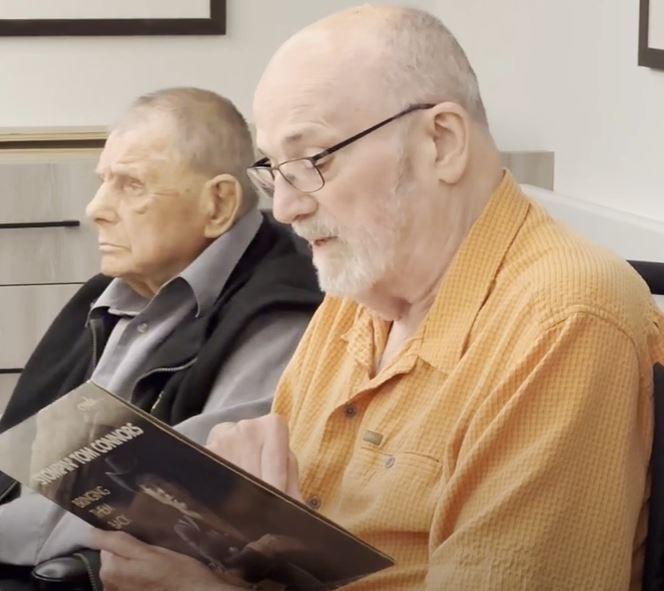
A growing concern among both recreational and clinical staff in long-term care (LTC) is the health and wellness of men in care. Health professionals have long recognized that men, both in and out of care, tend to experience lower overall health profiles compared to women. RESEARCH widely acknowledges that sex and gender intersect with factors like race, ethnicity, socioeconomic status, disability, and age to shape individual health outcomes. Notably, men face unique challenges when it comes to health and wellness. Globally, men are outlived by women in all settings, a phenomenon known as the male– –female health-survival paradox The Male-Female Health-Mortality Paradox | SpringerLink . This disparity highlights the need for gender-specific approaches to healthcare, as men’s health is increasingly recognized as a public health concern. Researchers and policymakers are working to understand the roots of these inequalities, with many pointing to social norms and behaviors formed in adolescence. We are familiar with stereotypes about men engaging in higher-risk activities, from motorcycle riding to nicotine addiction. However, one of the most significant factors affecting men’s health and longevity is their tendency to have fewer and less robust social connections compared to women. Women generally participate in social forums where they express emotions more freely, while men, historically, have been less likely to depend on social groups or engage in regular emotional expression. This can lead to isolation, which negatively impacts both mental and physical health. One promising approach to addressing social isolation among men is through men’s musicking. Music has always provided a way for men to come together—whether through singing, playing instruments, or participating in music listening groups. From male choirs like the Maesteg Choir in Scotland, to garage bands playing for the sheer joy of it, music offers a safe, non-threatening environment for men to gather, share memories, and express emotions, even if only subtly. Our September webinar presenter and partner, Gertrude Letourneau, shared a powerful story from her work in a long-term care home. One resident, a veteran, asked for permission to sing in his home language, which happened to be German. Being deeply sensitive to the other veterans he lived with, he began to sing which prompted an incredible emotional release of grief, tears, regret, reflection and sorrow. Menno Place, a recent graduate of our CERTIFY for ORGANIZATION program, discovered through their own research that hosting a vinyl record listening hour provided a powerful way to engage self-isolating men. This nostalgic activity brought men out of their rooms and into a safe, non-judgmental space where they could share memories, relive the joy of past entertainers, and reflect on times gone by. The program bridged generational gaps, allowing them to swap stories with the younger caregivers. Linda Weatherly, Manager of Therapeutic Recreation and Volunteer Services at Menno Place in Abbotsford, British Columbia, recalled that some conversations became quite lively, even veering into “racy” territory at times. However, this openness was precisely what was needed—creating a space where the men felt comfortable being themselves and expressing what they needed to. The program, known as Men’s Musicking, became much more than a listening hour. It was a catalyst for cognitive stimulation, sparking memories and conversations that promoted social interaction and emotional expression. The long-term effects of this initiative remain to be seen, but for now, we can applaud the creative and innovative leadership of people like Linda, who are using music to address some of the most pressing concerns in healthcare today.
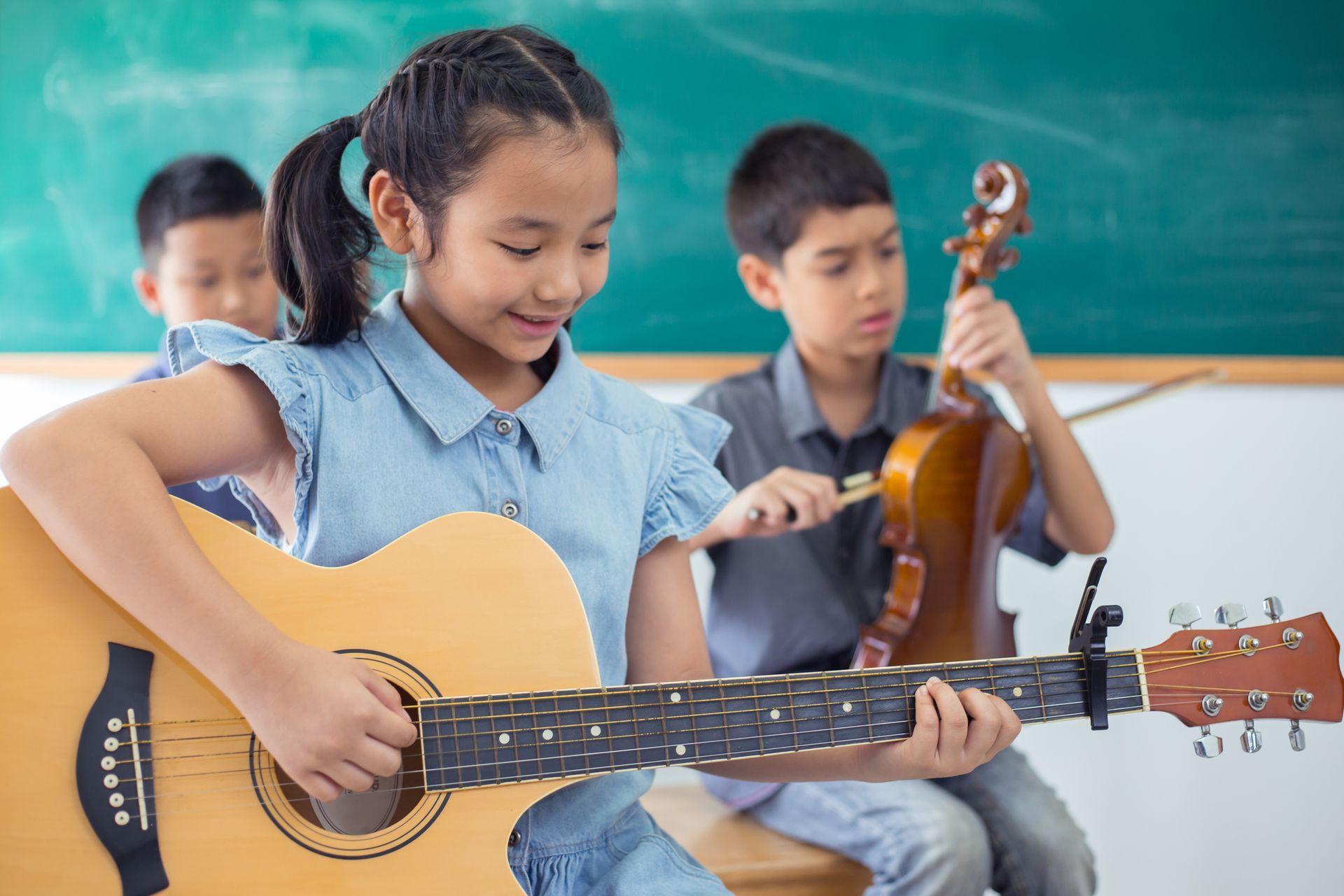
As Room 217 broadens its reach to include training educators in both elementary and secondary schools, our mission has expanded to help address social and emotional learning (SEL) outcomes through the power of music. SEL plays a crucial role in shaping resilient, purpose-driven, and socially successful students, and music is an ideal medium to support this essential area of human development. Social and emotional learning encompasses a set of skills and competencies that allow children to develop healthy and supportive relationships by fostering positive self-perception, empathy for peers, effective collaboration, and a strong sense of identity. Through SEL, children learn to identify and manage their emotions in healthy ways, build personal resilience, and develop coping strategies. Additionally, SEL aims to amplify students voice, advance equity, and strengthen partnerships between teachers, students and their families. RESEARCH suggests that SEL is integral not only to academic success but also to personal well-being, mental health, and overall life satisfaction. Educators have long recognized that music serves as a powerful conduit for students to identify, express, and connect with their emotions. A wide range of programs and platforms now exists to help teachers integrate music with mindfulness activities and breathing practices, creating a calm and focused learning environment. For example, Save The Music Foundation, in partnership with the Center for Arts Education and Social Emotional Learning, offers a professional learning program specifically designed to intersect music with SEL Student Empowerment Through SEL in Music Education (savethemusic.org) . —empowering students through music education. Programs like these equip teachers with the resources to help students build agency and self-efficacy by centering students' lived experiences, voices, and cultural narratives. Engaging with music—whether through creation, performance, or listening—allows students to connect with the art form in meaningful ways, fostering skills that extend beyond the music classroom. Music helps children and youth draw connections between their own lives and the shared threads of the human experience. Participation in music-making, whether in a group performance or a solo endeavor, can build self-confidence and develop the collaborative skills necessary to achieve common goals. Additionally, listening to lyrics, whether from contemporary songs or music of the past, can help students feel less isolated as they navigate the complexities of growing up, understanding relationships, and coping with change, crisis, heartbreak, and loss. Teachers who intentionally integrate music into their educational settings can effectively embed and sustain SEL practices within their classrooms. Having been a music teacher myself, I was always aware of the dual role music played in my students' lives. The curriculum I followed was designed to be purposeful, challenging, and exciting, offering a refreshing departure from the rest of their school day. But beyond that, it provided opportunities for students to develop self-awareness, self-management, social awareness, relationship skills, and responsible decision-making. Music demands goal-setting and perseverance, yet it also brings joy. I cherished the moments when my students lost their self-consciousness, whether playing drums in a group, singing together, or conquering a challenging task I had set for them. These experiences often fostered a sense of belonging, mutual respect, and healthy collaboration, where every student felt a sense of agency. The skills developed in the music classroom are highly transferable to life beyond school. Over my 25 years in education, I have observed a decline in discipline and determination among students. I recall one student who initially wanted to quit learning the ukulele because the strings hurt her fingers. When I encouraged her to persevere, explaining that the discomfort would pass as her fingers grew stronger, she stormed out of the classroom. However, as the weeks went by, my students began to wear their hardening fingertips as badges of honor, a sign that they had been practicing at home and were willing to endure minor discomforts for the sake of progress. Eventually, the discouraged student came around, mastering a beautiful song that we performed together for the school community. The pride she felt in overcoming adversity was evident, and this experience served as a powerful lesson in resilience. In today’s culture of quick fixes and immediate gratification, opportunities for developing self-discipline are becoming scarce. The ukulele became more than just an instrument for my students; it was a source of comfort, a medium for expressing their experiences, and a symbol of personal achievement. It represented a feather in their cap of strengths and abilities, a tangible reminder of their capacity to overcome challenges. Music offers educators a valuable tool for fostering SEL in their students, but beyond that, it is one of the most deeply rewarding and purely enjoyable ways to experience what it means to be human. Music connects us to others in profoundly human ways and equips us with the skills needed to thrive in today’s world. As students and teachers step into a new school year, may music fill their hearts, lives, and minds with the potential to bring out the best in themselves, their well-being, and their relationships with others.
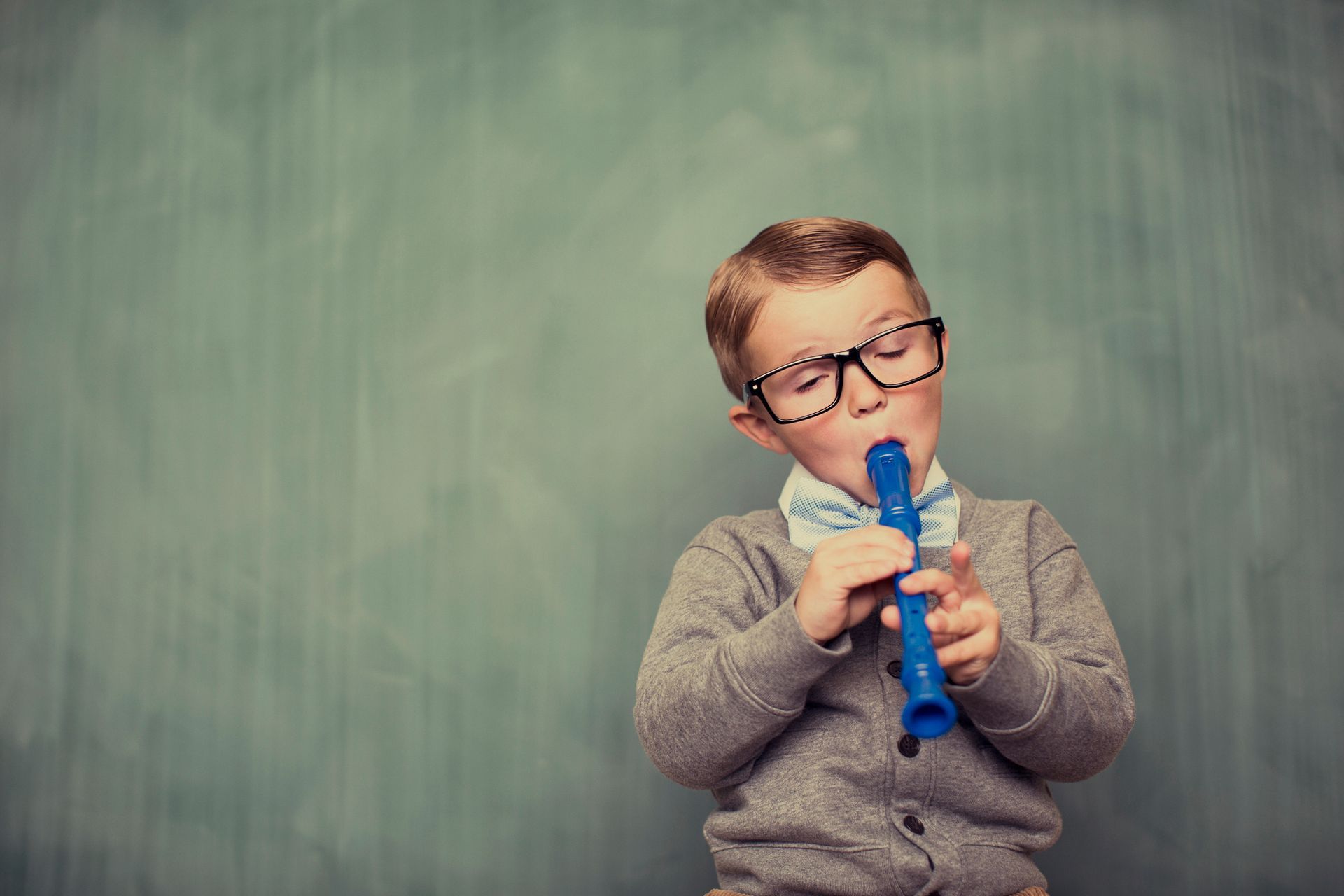
Room 217 is pleased to partner with McMaster University Health Sciences to provide a research practicum for students each year in music and care. This blog was written by one of those students. In the midst of the COVID-19 pandemic, I recall dropping off my brother for his first day of kindergarten, feeling a mix of uncertainty and hope. The last thing on my mind was the challenges he would face in making friends in this new environment. For what felt like years, he came home with a barely touched lunch and a growing reluctance to return to school each morning. However, a turning point occurred in second-grade, when he excitedly came home clutching a recorder in his hand. With confidence, he played his favourite tunes learned from music class. His passion and hard work caught the attention of his teacher, earning him the role of a valued “helper” in the after-school recorder club. This experience became a catalyst for his personal and social development. Through music, he created meaningful connections with a diverse group of students. These friendships extended beyond the music room to shared lunch times and playdates. Seeing this growth, I came to realize the remarkable power of music in breaking down social barriers and nurturing genuine bonds among children. This anecdote echoes the importance of music education in school curriculums, aligning with findings from the literature. In Mansfield, Ohio, a teacher shares her journey of bringing music into her school curriculum to strengthen social bonds among students and the community. Starting from scratch, she set up the school’s music department with help from community donations and grants. What made her approach stand out was her focus on what her students loved musically, incorporating songs like “This is Me” from the movie The Greatest Showman and “Thunder” by Imagine Dragons. This not only made learning more fun but also fostered inclusivity, encouraging students to share their own music compositions with each other. This led to the creation of “ Mallet Madness ,” a school-wide event that brought the community together through music. The event was special because they replaced ticket sales with a food drive for local pantries. Through this process, students learned about engaging with each other and supporting their community through music, gaining lifelong skills applicable to broader contexts in their experiences. This is just one of the many ways music education supports social connections among children. Research in this realm suggests other effective methods. In general, children benefit from all types of classroom music programs , including improvisation, performance, and exposure as background music, leading to positive outcomes such as improved emotional expression, increased empathy and reduced aggressiveness. These traits are essential for developing effective communication and conflict resolution skills, crucial to building healthy and lasting social relationships. In third and fourth-grade classrooms, researchers found that exposure to 10 months of group music lessons , which included learning to play the ukulele and singing with peers, led to a greater ability to understand and express concern for others’ well-being, and improved overall prosocial skills. I shared a similar experience during my time working with the Fountain of Uke program in Hamilton, which incorporates similar aspects of using the ukulele in classroom music lessons. I taught elementary school children how to play and sing along to “If you are happy and you know it” on the ukulele. Together, we performed for older adults in the community, sparking intergenerational conversations through music. I learned that music transcends time, language, and culture, allowing for the initiation and strengthening of all social bonds. While I’m not actively in touch with this group anymore, whenever I replay the playlist of the songs we shared, it brings back memories of our time together. Furthermore, this experience inspired me to encourage my brother to teach our parents how to play the recorder, resulting in greater trust and closer bonds between them. While many attempts to incorporate music into early education can yield positive outcomes, some strategies prove more effective than others . For instance, children taught by a specialist teacher using an interactive method , where the teacher played the songs live, showed more positive social changes compared to those taught by a non-specialist teacher who passively played recordings of songs. Thus, the way we choose to use, teach, or interact with music affects the results we see in children. One thing to keep in mind is that current research focuses on assessing specific outcomes related to music programs, often overlooking broader community impacts. Still, developing these social and emotional skills are essential to building strong and enduring connections within our communities. Reflecting on my experiences, I am optimistic about the opportunities music offers in early education. My journey, like many others’, highlights the positive impacts of music on personal growth and social connection from a young age. As a university student, I continue to connect with my peers through our shared interests in music, whether it is through listening, playing, or attending concerts. Embracing music in early education sets the stage for an interconnected future for children and communities alike.
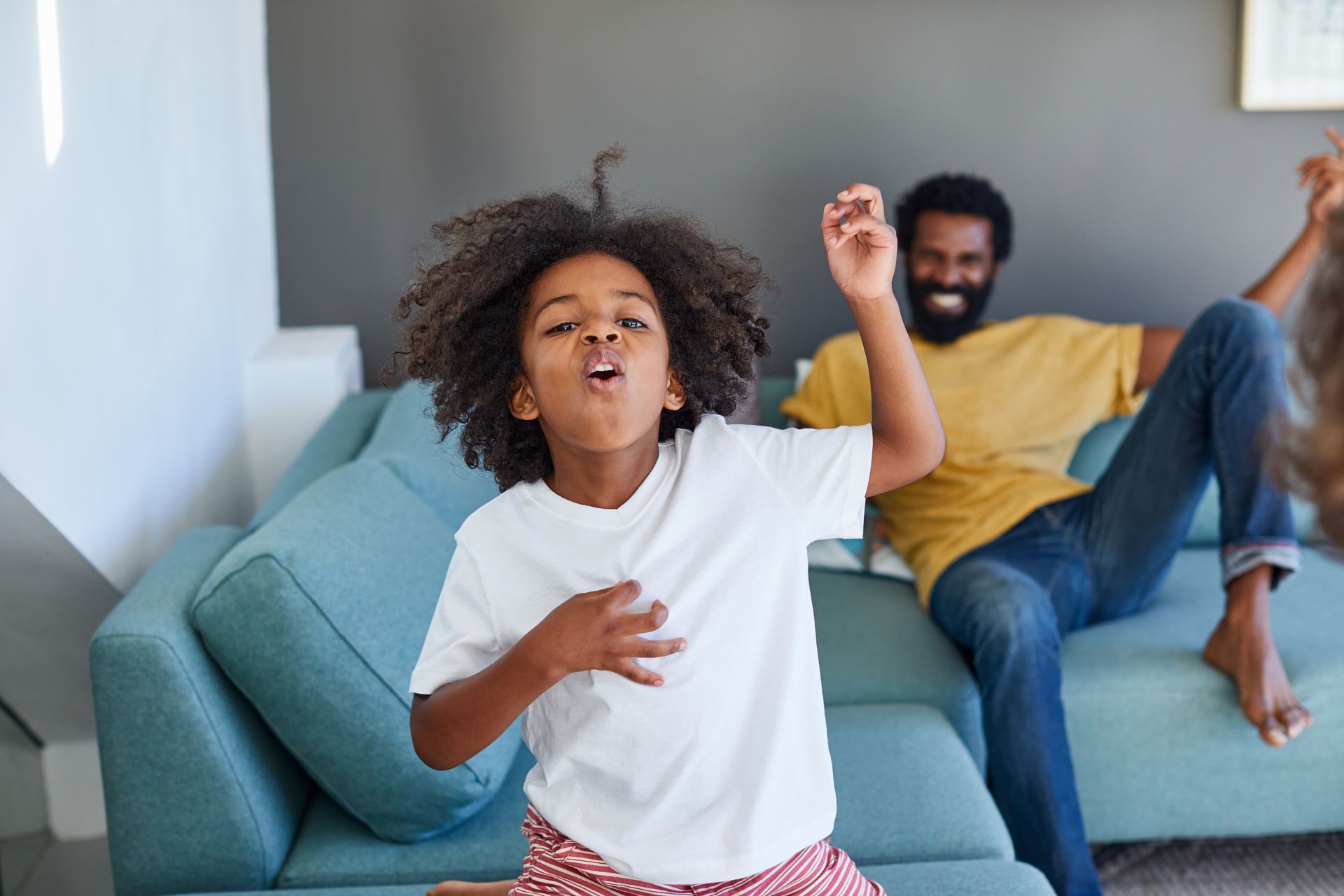
Room 217 is pleased to partner with McMaster University Health Sciences to provide a research practicum for students each year in music and care. This blog was written by one of those students. In today’s fast-paced world, people from all walks of life, including children, university students, and working adults, experience a great deal of stress and anxiety, affecting their mental well-being and overall quality of life. Unfortunately, mental health still remains overlooked. Yet, it profoundly impacts how we think, feel, and interact with our environment. According to a report by the National Research Council and Institute of Medicine , each year, one in five children experience some form of diagnosable mental health condition, with many more children experiencing milder but still significant emotional and behavioural problems. Therefore, prioritizing mental health is just as important as caring for our physical well-being. Parents and early educators play vital roles in nurturing children’s mental health and well-being, as well as equipping them with essential skills to cope with challenging times. Mental health issues can affect children at any age and manifest differently for each individual . However, there are situations that place some children at greater risk than others , such as coming from marginalized backgrounds like children of immigrants, refugees, and indigenous families, or having experienced or witnessed trauma and abuse. As such, there are many ways to approach nurturing mental well-being from a young age, such as building safe home environments, stable relationships, and teaching children problem-solving skills. However, one of the most nuanced and valuable tools in this realm is the use of music. The great thing about music is that it is an effective non-pharmacological intervention with minimal to no side effects. Beyond its harmonious melodies and lively rhythms, music holds the power to impact mental well-being by offering avenues for stress reduction and emotional expression. Scientifically, music activate the brain in several beneficial ways . It triggers the release of dopamine, a molecule that boosts feelings of overall well-being. It also stimulates the limbic system, which is responsible for functions of emotional processing . As a university student dealing with high-stress situations regularly, I create curated playlists to express and cope with my inner state of being. For instance, I have calm ballad playlists that reflect my feelings of emptiness or sadness, as well as upbeat pop playlists for when I want to hype myself up. Children can be perceived as overly energetic. While this is typically considered normal and healthy. It is also important for them to learn to regulate their energy levels as they mature. Fortunately, music serves as an effective tool for this purpose, eliminating the meltdown that follows an initial unsuccessful verbal attempt to tell them to “calm down.” Research has shown that children respond positively to slow, relaxing, and low-pitched music during periods of distress and overstimulation. If you’ve ever sung a lullaby to a crying baby, you can imagine how soothing and calming this type of music can be for them. This strategy can be used both in anticipation of and in response to stressful situations. For educators, it could involve playing calming music after a stressful math quiz. For parents, it might mean playing similar music before bedtime or during a long car ride. You can explore this approach using a curated playlist from Jooki , a company specializing in creating safe and accessible audio content for children. Generally, songs that are predictable and repetitive are more effective in promoting sleep and relaxation. However, factors such as age, culture and individual preferences can influence which songs are most effective for each child. Moreover, music can help children in articulating and managing a wide range of emotions they might experience for the first time, such as feeling overwhelmed, anxious, or upset. Since music is a non-verbal medium, it can bridge the gap in emotional expression for children who have not yet mastered their language skills. Listening to music allows children to be in touch with their emotions and connect with the feelings conveyed in the song through its tone, tempo, pitch, and lyrics without needing to actively articulate them. Furthermore, singing and moving along to songs offer an additional outlet for children to respond to their emotions. Singing engages both the body and mind, helping with the release of tension and pent-up energy. It serves as a form of self-expression, allowing children to safely and creatively express their emotions. A child’s ability to manage their emotions is closely linked to their immediate and long-term mental health and well-being. With that said, the key aspect of music is its accessibility and enjoyment for everyone, in all forms. Whether it is through formal music education or simply listening to the latest tunes, integrating music into a child's life can significantly contribute to their mental health and well-being. While it may not address all of a child's mental health needs, it is crucial for educators and parents to encourage and support the various ways in which a child can engage with and connect through music.
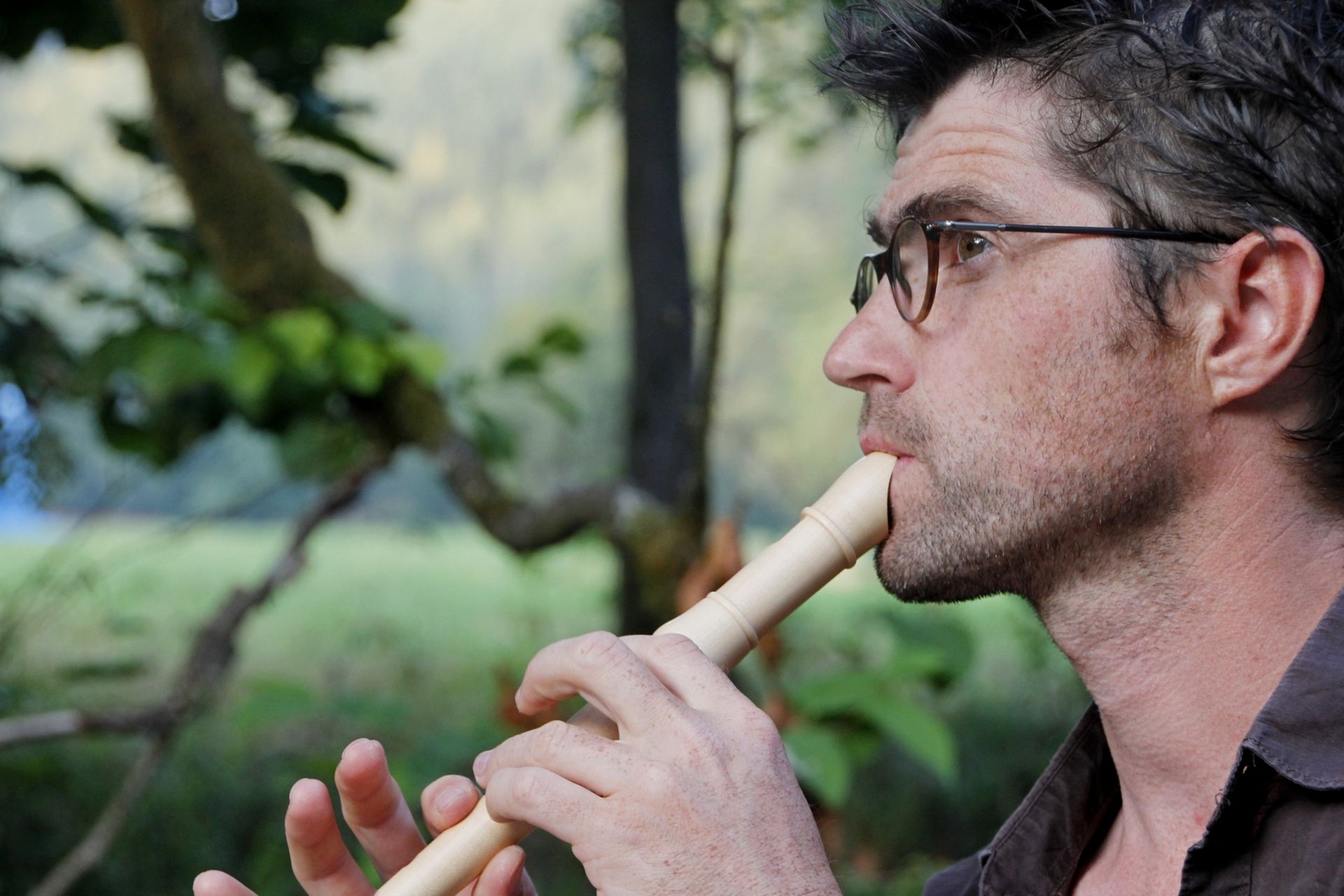
Many of us, no matter where we grew up, share the experience of learning to play our first instrument; this first foray into musicianship most often began with the recorder. Those classrooms a long, long time ago, in an era before the internet, before digital mixing, before pianos, clarinets and synthesizers, were where we were introduced to the recorder. Simple and relatively cheap to produce, a bored piece of boxwood, How recorder is made , this instrument is easy to carry around and extremely versatile due to its various sizes (alto, tenor, soprano, bass) . As an adult I have a great love and appreciation for the recorder, strongly disagreeing with the maligned reputation it has garnered over the years. Despite its association with beginner music classes, the recorder’s sound can be haunting, melancholic, bright, sweet, and tuneful. As a long-time music educator, I’ve witnessed the eye-rolling of colleagues, the closing of doors, and the shock and distress of parents when it comes to the recorder. Yet, its rich history and timeless sound make it worthy of respect and appreciation. The recorder has origins in the Renaissance and Baroque periods and was esteemed by royalty as early as King Henry IV of England in 1388. It was featured in numerous compositions by greats like Handel, Beethoven, and Vivaldi and Bach . Listening to these pieces can help us appreciate the recorder's merits and its historical significance. Learning an instrument like the recorder allows you to create music without needing extensive lessons or hours of practice. It’s a delightful personal hobby that can provide solace and redirect the mind from anxiety. Engaging in music-making can reduce cortisol, the stress hormone, and produce endorphins that promote calmness. Recently, a dear friend informed me that the recorder is making a comeback among adult players. This is a long time coming, in my opinion. One of the reasons I love the recorder is its simplicity. It doesn’t require the complex embouchure of the flute or the reed maintenance of the oboe or clarinet. It’s easy to play, making it highly satisfying to learn. Playing an instrument requires full attention, becoming an exercise in mindfulness. Positive psychologist Mihaly Csikszentmihalyi describes a "flow state" as being completely absorbed in a challenging but doable task. Achieving this state through playing the recorder can lead to feelings of pleasure and accomplishment. Personally, I have found that during the most stressful chapters in my like I have turned to playing one of my simple instruments, learning a new song and taking time out of my worrisome state to be fully immersed in the music. It has calmed my mind and given me something incredibly absorbing and enjoyable to focus on, allowing me respite from anxiety and negative or worried thoughts. If you want to use music as distraction with the recorder or any other simple instrument, here are 3 ways to integrate it into your wellness routine. Daily Practice Set aside at least 15-20 minutes each day for practice. Consistency is key to improvement and reaping mental health benefits. Use this time as a form of mindfulness, focusing solely on your playing. Music Meditation Combine recorder or another simple instrument like the guitar or ukulele with meditation techniques. Play slow, soothing melodies while concentrating on your breath. Use music as a background for guided meditation or relaxation sessions. Joining a Community Connect with others who share your interest in music. Join local recorder groups or online forums. Playing music with others can enhance your sense of connection and provide additional motivation and support Learning the recorder is not just about mastering an instrument; it's about nurturing your mental health and finding a creative outlet for expression. Through consistent practice and engagement with music, you can experience significant improvements in your overall well-being.

